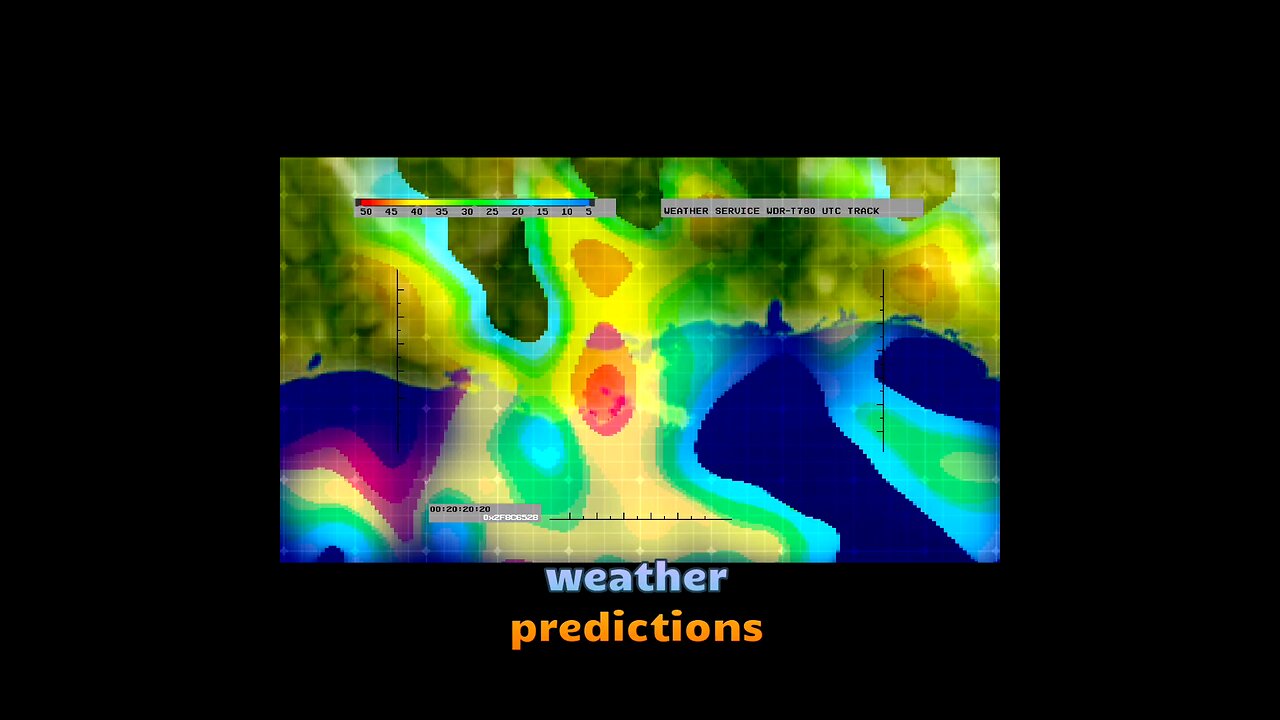Premium Only Content

La Niña Bows Out: What the Weather Has in Store for Us Now
Hi everyone and welcome to who threw the curve?
La Niña, a natural climate phenomenon characterized by cooler-than-average sea surface temperatures in the central and eastern Pacific Ocean, has officially ended. This marks the transition to a neutral phase in the El Niño-Southern Oscillation (ENSO) cycle, which is expected to persist through the summer and possibly into early fall. While La Niña's influence on global weather patterns has waned, its lingering effects may still be felt in the coming months. This shift brings both opportunities and uncertainties, as forecasters and climatologists work to predict its impact on weather, agriculture, and disaster preparedness.
One of the most immediate implications of La Niña's departure is the onset of ENSO-neutral conditions, often referred to as "La Nada." Unlike La Niña or its counterpart El Niño, neutral conditions lack a dominant climatic signal, making seasonal weather predictions more challenging. Historically, neutral phases have been associated with both active and quiet hurricane seasons, depending on other climatic factors. This year, forecasters are closely monitoring ocean temperatures and atmospheric patterns to assess the potential for hurricane activity in the Atlantic. While La Niña typically enhances hurricane activity by reducing wind shear, the absence of this phenomenon leaves room for other variables to play a more significant role.
The transition to neutral conditions also has implications for global temperature and precipitation patterns. During La Niña, cooler ocean temperatures often contribute to below-average global temperatures. However, the current neutral phase coincides with record-high ocean temperatures, driven in part by ongoing climate change. This combination is expected to result in above-average temperatures across much of the United States through the spring and summer. Regions that experienced drought conditions during La Niña may see some relief, but the overall outlook remains uncertain, as localized weather patterns will be influenced by a complex interplay of factors.
Agriculture and water resource management are among the sectors most affected by these climatic shifts. Farmers and policymakers must adapt to the changing conditions, which could bring both opportunities and challenges. For instance, the end of La Niña may alleviate drought conditions in some areas, improving crop yields and water availability. However, the unpredictability of neutral conditions also means that extreme weather events, such as heatwaves or unseasonal rainfall, could disrupt agricultural activities. Effective planning and adaptive strategies will be crucial to mitigate these risks and capitalize on potential benefits.
From a broader perspective, the end of La Niña serves as a reminder of the interconnectedness of global climate systems. While the ENSO cycle is a natural phenomenon, its impacts are increasingly amplified by human-induced climate change. Rising global temperatures and warming oceans not only influence the intensity and duration of ENSO events but also exacerbate their effects on ecosystems and communities. This underscores the importance of continued research and international cooperation to address the challenges posed by a changing climate.
In the end, the demise of La Niña marks a significant shift in the global climate landscape, ushering in a period of uncertainty and adaptation. As we navigate the complexities of ENSO-neutral conditions, it is essential to remain vigilant and proactive in our approach to weather forecasting, disaster preparedness, and climate resilience. By leveraging scientific insights and fostering collaboration, we can better understand and respond to the dynamic interplay of natural and human-induced climate forces, ensuring a more sustainable and resilient future for all.
Thank You for listening to who threw the curve?
And don't forget to share us, like us, and subscribe, thanks
#LaNiña2025 #ClimateShift #WeatherWatch- #ENSONeutral #SeasonalForecast #EarthAndSky #GlobalImpact #ClimatologyInsights
-
 9:33
9:33
Dr Disrespect
5 days agoDoc Goes PSYCHOTIC
96.3K14 -
 11:22
11:22
Nikko Ortiz
1 day agoExpensive Military Fails
6.46K4 -
 41:10
41:10
The Connect: With Johnny Mitchell
3 days ago $1.47 earnedInside The Sinaloa Cartel's Fight For Survival: How Mexico's Oldest Cartel Is Making It's Last Stand
9.39K8 -
 5:43
5:43
GritsGG
12 hours agoBest Way To Get Specialist EVERY Game!
5.81K1 -
 1:44:47
1:44:47
Side Scrollers Podcast
19 hours agoKimmel RETURNS + Twitch University + More! | Side Scrollers
36.4K4 -
 13:19
13:19
The Pascal Show
18 hours ago $0.51 earnedCOMEBACK DERAILED! Jimmy Kimmel's Return To Late Night Hit After ABC Affiliates REFUSE To Air Show
4.61K10 -
 LIVE
LIVE
Lofi Girl
2 years agoSynthwave Radio 🌌 - beats to chill/game to
294 watching -
 2:17:05
2:17:05
FreshandFit
6 hours agoFrom SMALLVILLE to AB'SVILLE w/ Sam Jones III
122K7 -
 3:05:45
3:05:45
Price of Reason
12 hours agoTrump's UN Takedown! BACKLASH Over Disney's Jimmy Kimmel Return! Tulsa King Season 3 Premiere Review
128K18 -
 3:03:12
3:03:12
Badlands Media
14 hours agoDEFCON ZERQ Ep. 010: Government Overreach and the Battle for Freedom
174K61